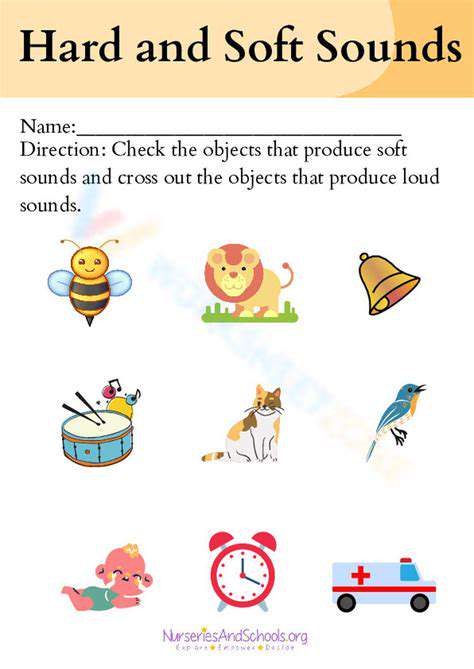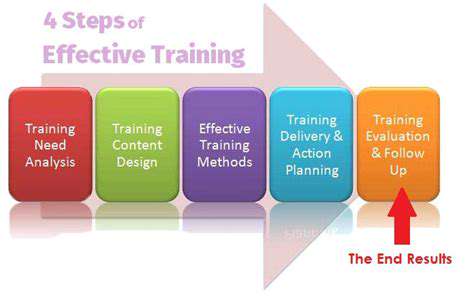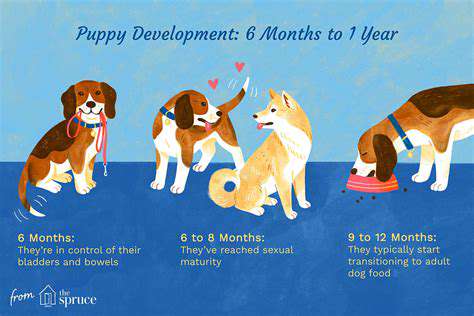Getting Your Puppy Used to Musical Instruments and Their Sounds
Bringing musical instruments into your puppy's world creates joyful moments that build positive connections with sound while sparking playful exploration. The key lies in moving at your pup's pace - gentle sounds first, then slowly increasing volume prevents overwhelming their sensitive ears. Rushing this process risks creating negative associations that could last a lifetime.
Puppies thrive on predictable patterns and happy rewards. Short, positive sessions ending before frustration sets in create the best learning environment. Always watch for signs of stress like flattened ears or tucked tails - these mean it's time for a break.
The Importance of Gradual Exposure
Imagine hearing a firework for the first time with no warning - that's how sudden loud sounds affect puppies. Starting with barely audible tones lets them adjust comfortably. This patient approach builds confidence instead of fear, creating dogs who remain calm during thunderstorms or city noises.
Changing locations helps too - try playing soft music in different rooms during calm moments. This variety teaches pups that unusual sounds don't always mean danger, preparing them for real-world situations.
Choosing the Right Instruments
Selection matters tremendously when introducing instruments. Gentle options like rain sticks or small handbells work beautifully, while drums and cymbals should wait until much later. Always consider safety - avoid small parts that could become choking hazards.
Supervision remains crucial, especially with curious puppies who might try mouthing instruments. Keep sessions short and always end on a positive note with praise or a favorite toy.
Positive Reinforcement and Reward
When your puppy shows interest in musical sounds without fear, celebrate immediately! Tiny treats, happy praise, or brief play sessions reinforce this brave behavior. These positive moments create neural pathways that associate instruments with good feelings, shaping future responses.
Watch for natural curiosity - when your pup approaches an instrument voluntarily, that's the perfect moment for reinforcement. Never force interaction, as this can backfire and create resistance.
Managing Potential Fear or Anxiety
If you notice trembling, hiding, or excessive yawning, stop immediately. Comfort your puppy without reinforcing fearful behavior - calm pets and soft words work best. Return to quieter sounds or take a complete break for several days before trying again more gently.
Persistent fear signals the need for professional guidance. Certified trainers can create customized desensitization plans, while veterinarians can rule out underlying health issues affecting sound sensitivity.

Introducing Different Musical Instruments

Exploring String Instruments
The string family offers remarkable diversity, from guitar plucking to cello bowing. What makes these instruments special is how string vibrations interact with hollow bodies to create rich, complex tones. While mastering them requires years of practice, even simple melodies can captivate canine listeners when played softly.
For puppy introductions, consider a ukulele's gentle tones before progressing to larger instruments. The key lies in volume control - start with barely audible plucking and watch your pup's reactions closely.
Unveiling Wind Instruments
Wind instruments range from piercing piccolos to mellow recorders. Their sounds originate from controlled airflow, with materials and shapes creating distinct voices. Woodwinds like recorders work best for initial exposure - their pure tones are less startling than brass instruments' bold sounds.
When introducing these, begin with simple scales at low volume across the room. Gradually decrease distance as your puppy shows comfort, always ready to adjust based on their body language.
Delving into Percussion Instruments
Percussion covers everything from gentle rainmakers to booming bass drums. For puppies, start with shakers or small hand drums played very softly - these allow precise volume control. The key is creating rhythmic patterns that intrigue without overwhelming.
Avoid metal percussion initially, as its bright, sustained tones can startle sensitive ears. Instead, focus on wooden or fabric-covered instruments that produce warmer, shorter sounds.
Addressing Potential Challenges and Concerns

Addressing Budgetary Constraints
Financial limitations needn't prevent musical exploration. Household items like rice-filled bottles make excellent starter instruments, allowing low-cost experimentation. Prioritize versatile, durable options that grow with your puppy's training.
Consider borrowing instruments initially to test your pup's reactions before investing. Many music teachers will happily recommend affordable beginner options suitable for canine introductions.
Managing Space Limitations
Small living spaces require creative solutions. Focus on compact instruments like harmonicas or small percussion that store easily. Outdoor sessions can provide needed space for louder exploration when appropriate.
Rotate instruments weekly to maintain novelty without clutter. Wall mounts or under-bed storage keeps items accessible yet out of the way when not in use.
Balancing Multiple Pets
Multi-pet households need careful management. Introduce instruments separately to each animal first, watching for stress signals. Some dogs feel more confident exploring music when alone, while others enjoy group sessions.
Always provide escape routes and never force interaction. Pets showing discomfort should be given space while others continue at their own pace.
Adapting to Different Temperaments
Bold puppies often dive into musical exploration, while shy ones need extra patience. Let temperament guide your approach - high-energy pups might enjoy rhythmic games, while nervous ones benefit from distant background music at first.
Watch for individual preferences too - some dogs gravitate toward certain instruments or musical styles. These preferences provide valuable clues for customizing their experience.
Maintaining Consistency
Regular short sessions work better than occasional long ones. Aim for 5-minute daily interactions rather than weekly hour-long attempts. This steady approach builds familiarity without fatigue.
Keep a simple log noting reactions to different instruments and volumes. These observations help tailor future sessions for maximum enjoyment and progress.
Handling Setbacks
Progress isn't always linear - some days your puppy might react differently to familiar sounds. Don't view this as failure, but rather valuable feedback about their current state. Simply return to earlier, successful steps and rebuild gradually.
Environmental factors like weather or household changes can affect sensitivity. Being flexible and responsive to these variations creates the most positive long-term outcomes.










